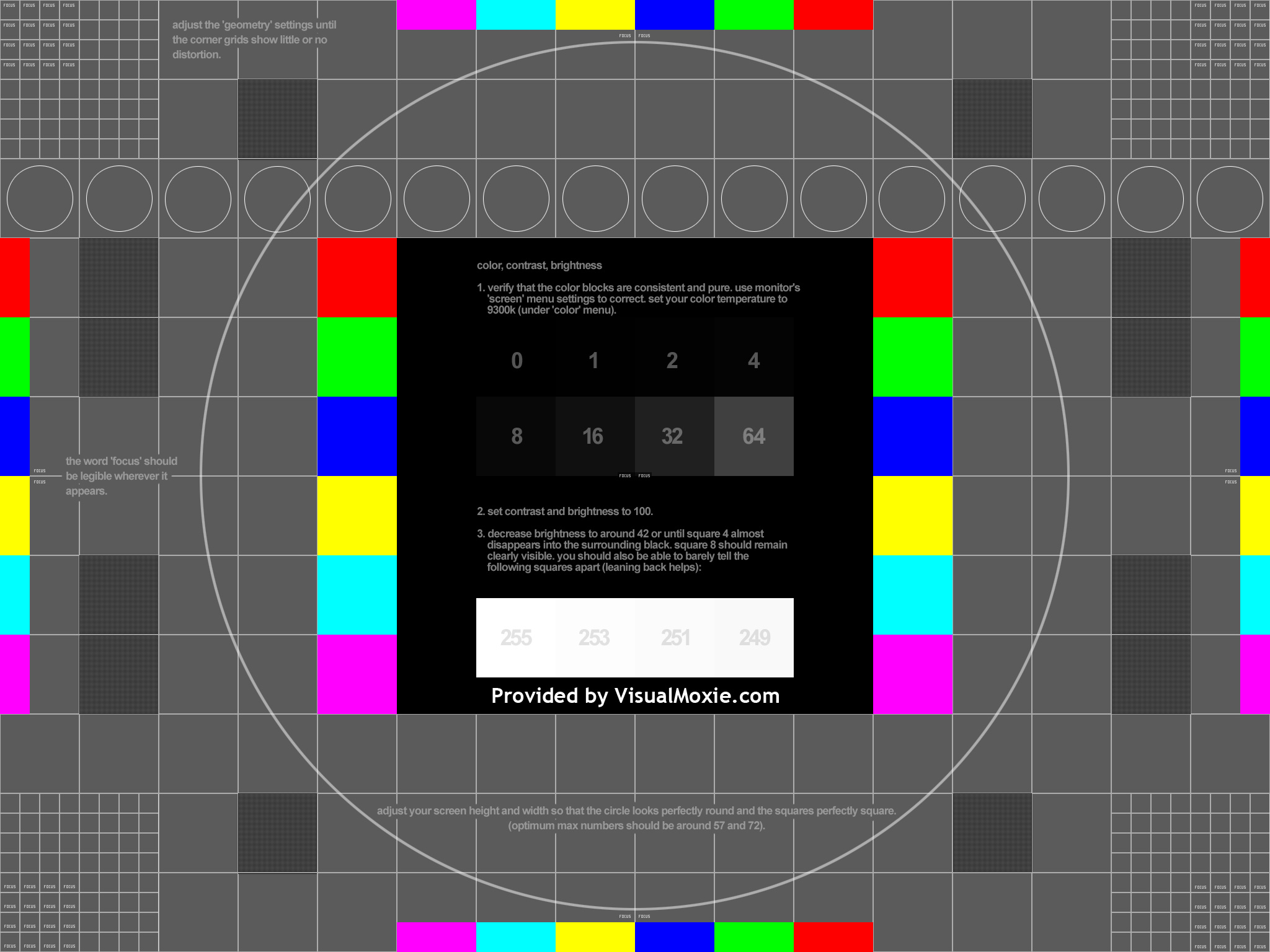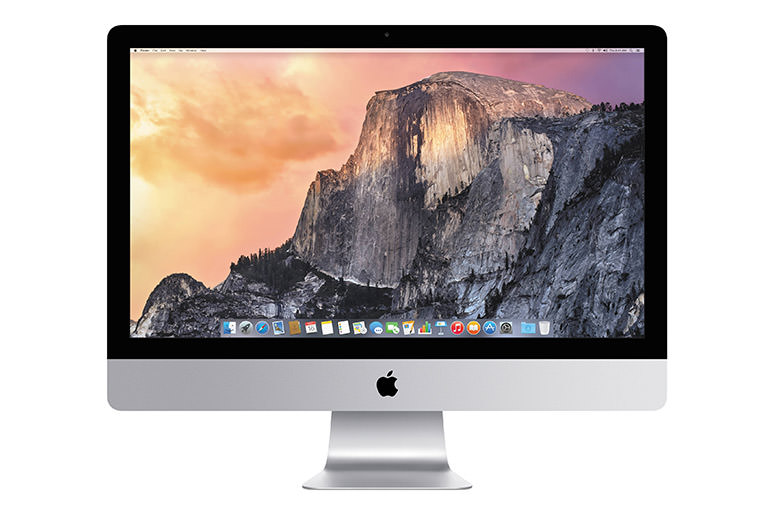Free Monitor Calibration Mac
Your monitor must be running in its native resolution and your image viewer must not resize the image.
Most LCD monitors have a gamma setting that you can play with. Inaddition, the contrast setting can affect this test, but don't changethe contrast so much that it fails the quickcontrast test.
- Calibration for Mac® OS X Users. From the Apple menu select System Preferences. Click TSharc Calibration alias located under System. Click the Calibrate button located in the center of the screen. Using the included stylus, the non-metallic end of a pen, a finger, or any non-metallic object, press and hold the area on the TouchWindow.
- Calibrate using built-in Windows and Mac tools. You are new to monitor calibration. These free tools should be the first stop if you’re merely a casual image junkie or working on a tight.
- About DisplayCAL. DisplayCAL (formerly known as dispcalGUI) is a display calibration and profiling solution with a focus on accuracy and versatility (in fact, the author is of the honest opinion it may be the most accurate and versatile ICC compatible display profiling solution available anywhere). At its core it relies on ArgyllCMS, an advanced open source color management system, to take.
The four bars at the left are the most important ones to get right. They represent a luminance that is 48% of the maximum. When the 48% setting iscorrect, you may wish to fiddle with other settings to get the bars for 25%and 10% to blend in at the 2.2 reading.
Don't be upset if you can't find a monitor setting that shows aconsistent gamma of 2.2 for all luminances. There are very fewmonitors which can do that without some form of color management inthe operating system. For photo editing, it is best to create an ICCmonitor profile tailored for your monitor with the help of a hardwarecalibrator, such as a Datacolor Spyder or an EZcolor Eye One, or maybeat least check the color rendering with for example a PantoneHuey. Apart from getting a better gamma response, you will also geta better color rendering with tools like this.
Calibrating external display. To calibrate an external display on macOS, follow the steps below. Connect the display to your MacBook. Make sure it is detected, i.e., your desktop is displayed on it. Open the System Preferences app. Go to the Display preference on the last row. Go to the Display preference window that is open on the external screen.
Background
What it should look like
 On the right is what the gamma calibration test image should look like.
On the right is what the gamma calibration test image should look like. Mac users
Note for Mac users: check your system gamma for this test; it'sunder Apple > System Preferences > Displays > Color > Calibrate >Gamma. If it is set to 1.8, of course the test should show a value1.8.
Adjusting the video card driver
Some video card drivers in Windows offer a possibility to manuallycompensate for a bad gamma characteristic of your monitor. See thescreenshot below: go to 'Display Properties' > 'Settings' (1) >'Advanced' (2) > GeForce (if you have an NVIDIA Geforce, 3) > Colorcorrection (4) > Advanced mode (5). Then adjust the curves with yourmouse. It works best to first optimize the 48% image with a point at x=0.72(72% of the horizontal scale of the curve plot; the rightmost yellow line),then the point at x=0.53 for the 25% image, and finally the point at x=0.35for the 10% image.
Free Calibration Software Mac
About these images
Other gamma test images on the web will typically compare a 50% grey areawith a black-and-white pattern, rather than do it for several luminancelevels and individually for the red, green, and blue components. As you willprobably have seen, the check on a 50% grey level is not representative for thebehavior of your monitor over various grey levels and individual RGB colorcomponents. The reason for using 48% rather than 50% as a luminance is thatmany LCD screens have saturation issues in the last 5 percent of theirbrightness range that would distort the gamma measurement.

These PNG images are without embedded gamma information. I believe that thetest works, even in browsers with broken gamma support such as InternetExplorer 6 and 7. For more information about gamma (links open in new window):
Mac Color Calibration
- Gammacorrection (wikipedia)
- sRGB color space (wikipedia)
- The PNG Gamma dilemma - Gamma problems with IE and Safari.
How To Calibrate Monitor Mac
© Copyright Han-Kwang Nienhuys, 2008. The text and accompanying images may not be redistributed. This includes placing the images on other websites, either as a copy or through hotlinking. Read more...